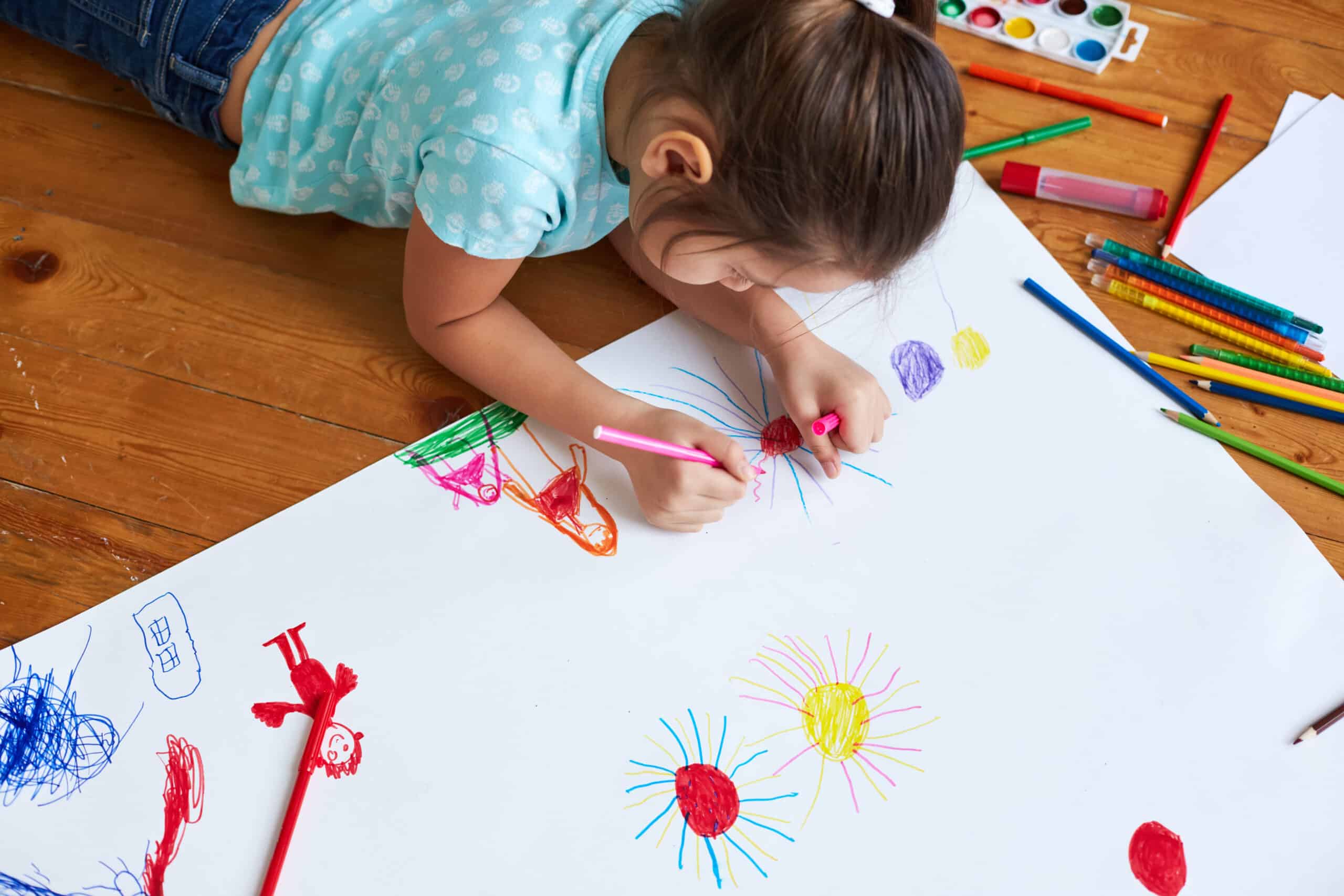The magical feeling when a baby grasps your finger. The elation and pride a kid feels when they tie their own shoes for the first time. What do these moments have in common? These are both fine motor developmental milestones.
As you watch your own child’s fine motor skills unfold, it’s important to know what to expect. Understanding these milestones helps you know what your child can do, what you should encourage them to do, and what they’re not ready to do just yet.
Below is a handy list of fine motor developmental milestones for kids, from birth to age 6, based on some very thorough research from the American Academy of Pediatrics. If you want to make also a calendar based on these milestones could be a fun and exciting way to keep track of what is happening with your child and their development.
As you read this, remember – if your child isn’t reaching all the milestones at the “correct” time, don’t panic! It’s common for children to reach some milestones late, and some early. If you start to get worried, consult with a pediatrician.
Key Points of Fine Motor Skill Development in Kids
- Although their development may seem slow at first they will be rapidly growing once they really start.
- Every child's development timeline will look a little different so don't be alarmed if they don't hit the milestones exactly on the date.
- There are ways to improve fine motor skills at various ages and could be used to build a deeper bond and skills with your child.
Fine Motor Developmental Milestones: Birth to 5 Months
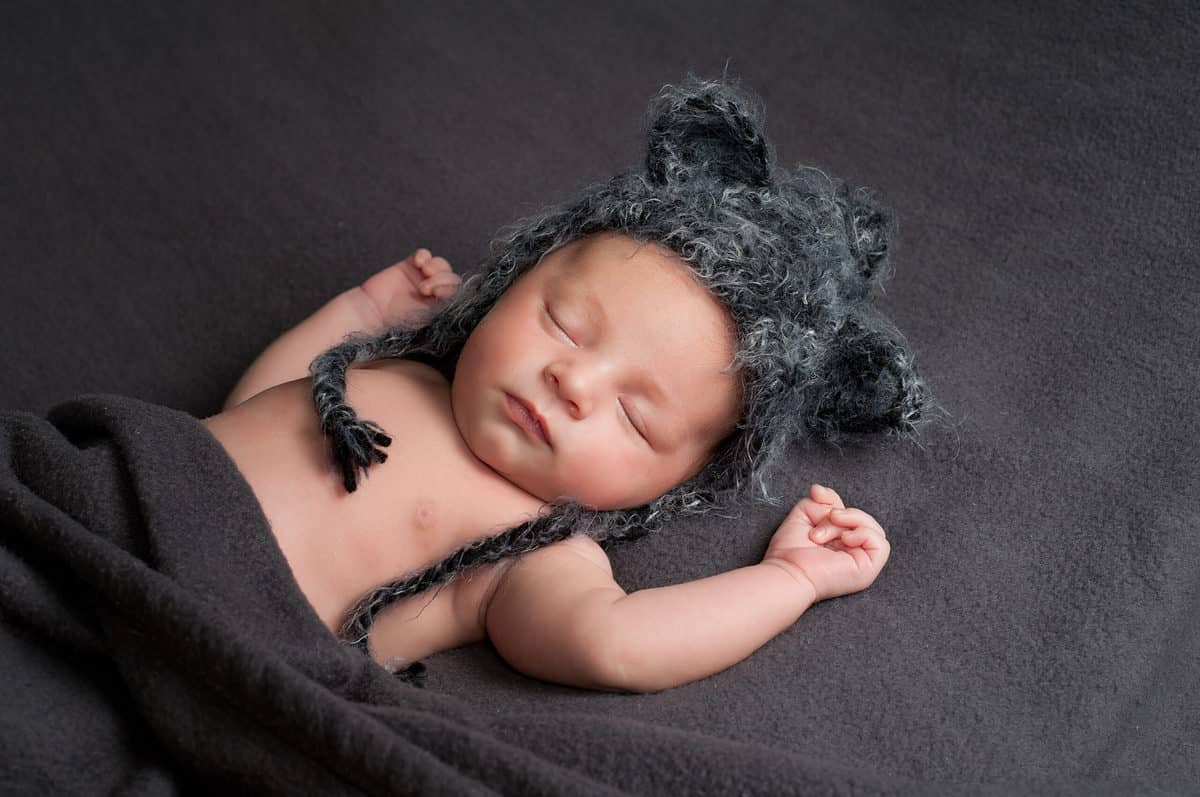
At the earliest stages of fine motor development, babies keep their hands closed much of the time but also start to open and close their hands.
©Katrina Elena/Shutterstock.com
Your baby has already reached one developmental milestone before they’re born – the grasp reflex. And they keep advancing from there. A lot happens between months 2 and 5, so let’s take a closer look, month by month.
- 2 Months: Babies hold their hands open roughly half the time. They can also hold their hands together, and hang on to objects they enjoy, such as rattles.
- 3 Months: Babies can bring their hands to their mouths and reach for their faces. They also become much more aware of their own fingers, looking at and inspecting them.
- 4 months: At this point, the babies’ hands should be open most of the time – the same default hand position as toddlers and young children. Baby begins to use their hands to interact with the world, clutching at clothes, and reaching for and briefly holding objects.
- 5 months: Now, babies should be able to transfer objects from hand to hand or mouth to hand. Watch out for the things they’ll try to put into their mouth!
Fine Motor Developmental Milestones: 6 Months
At the half-year mark, babies suddenly “up their game” when it comes to fine motor skills.
Until now, your baby’s reach has likely been a two-hand reach. But at 6 months, babies start reaching with just one hand, and holding different objects in each hand. They can also remove a cloth that’s been draped over their head.
Your child may start to self-feed briefly, by grabbing and eating small pieces of food. They may also start holding their own bottle or sippy cup for a short time. But don’t worry if some of these self-feeding milestones haven’t happened yet. Remember, each child’s fine motor milestones are a little different!
Fine motor skill play now really kicks into high gear. Expect your baby to do a lot of rattling and banging of toys – and of any object they think is a toy!
Fine Motor Developmental Milestones: 9 Months
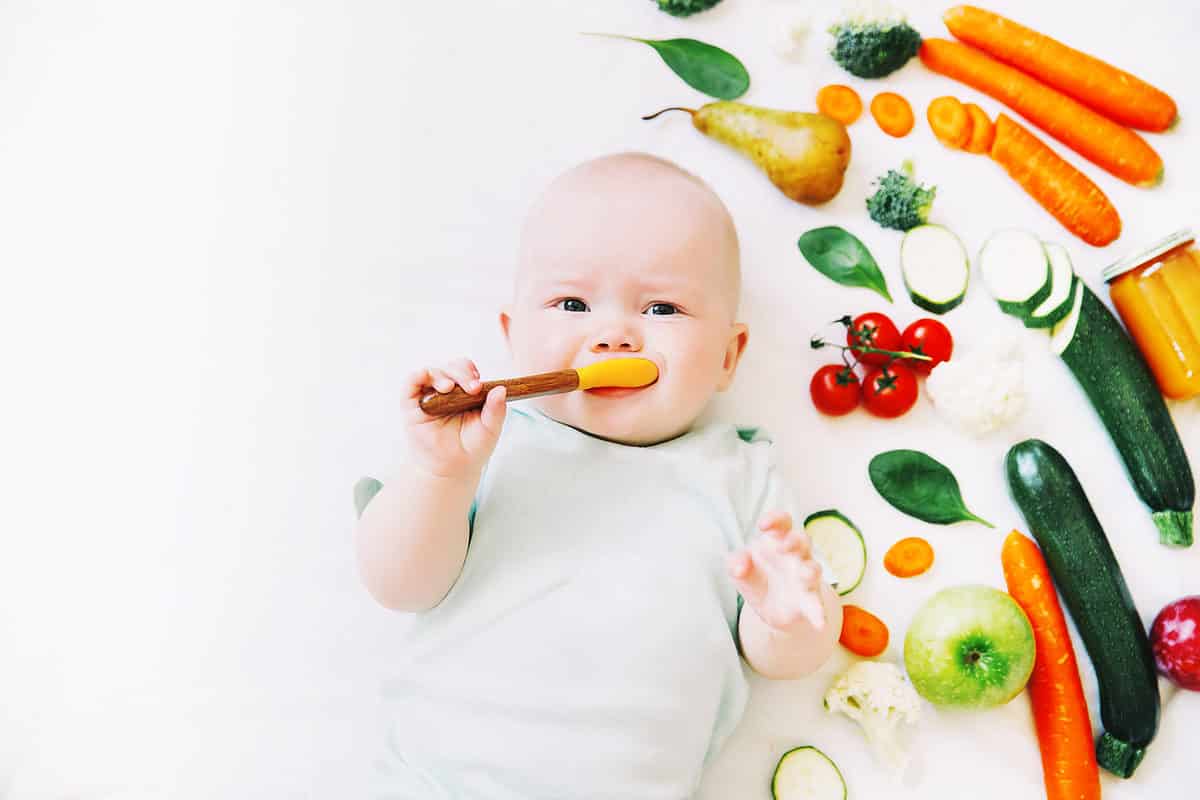
By 9 months old, your child will begin interacting with objects in more sophisticated way.
©iStock.com/NataliaDeriabina
By now, your child is able to hold things between their fingers and thumb, without using their whole palm to grasp. 9-month-olds also start interacting with objects in much more sophisticated ways, exploring different parts of a large toy with their fingers and moving objects in and out of containers.
At the 9-month mark, most babies should be holding their own bottle or sippy cup for at least short periods of time, and self-feeding smaller pieces of food. They can also eat some larger foods. For example, they can typically hold a cookie steadily in their hands while they bite into it and chew on it.
Fine Motor Developmental Milestones: 1 Year
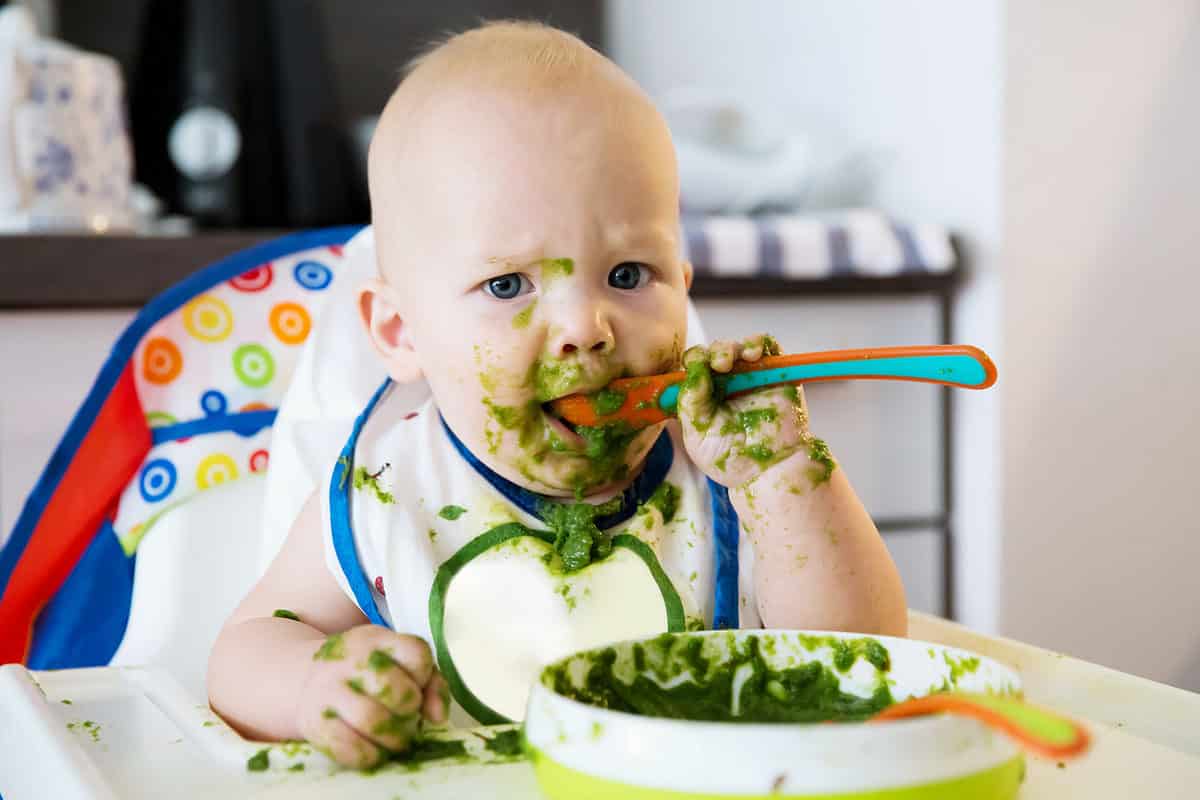
At one year of age, babies reach another fine motor skill milestone: eating with a spoon. Messily, of course.
©iStock.com/NataliaDeriabina
Fine motor skills in the hands and fingers improve noticeably by your child’s first birthday. At age 1, babies reach the point where they can use individual fingers to poke at things. When it comes to self-feeding, they’ll start using their spoon to stir food or rattle the inside of a cup. Babies might even start eating food with a spoon (messily!). They become budding artists, holding crayons and possibly starting to scribble a little
Their wrist fine motor skills have really improved too; they can throw objects now. They also start to figure out how to use their wrists and hands to open boxes and take out the contents. Brace yourself for extra messes and clutter!
Last but certainly not least, babies at this age start grabbing curtains, the edges of chairs, and so on, using their hands, wrists, and arms to pull themselves upright.
Fine Motor Developmental Milestones: 18 Months
At 1 year, your baby was a budding artist. At a year and a half, they’ll be scribbling more proficiently. Here, they start to become budding scribes, imitating the pen strokes that could eventually be used to write letters and words. Writing itself doesn’t come until a good deal later, however.
So what does self-feeding look like for a 1-and-a-half-year-old? They should be able to use a spoon when they eat at this point – messily, and for a limited time. And under supervision, there’s a chance your 18-month-old can briefly drink from a cup with no lid, also messily and briefly.
You’ll see noticeable fine motor skill milestones with clothes and toys too. Your child may be able to take off some of their clothes (putting them on will come later). They should be able to make small towers with blocks. With encouragement, they may be able to put shapes into simple puzzles and put pegs in holes.
Book “reading” starts here a little too. If you give your child a book – ideally one with cardboard or plastic pages – you can teach them how to turn a page or two.
Fine Motor Developmental Milestones: 2 Years
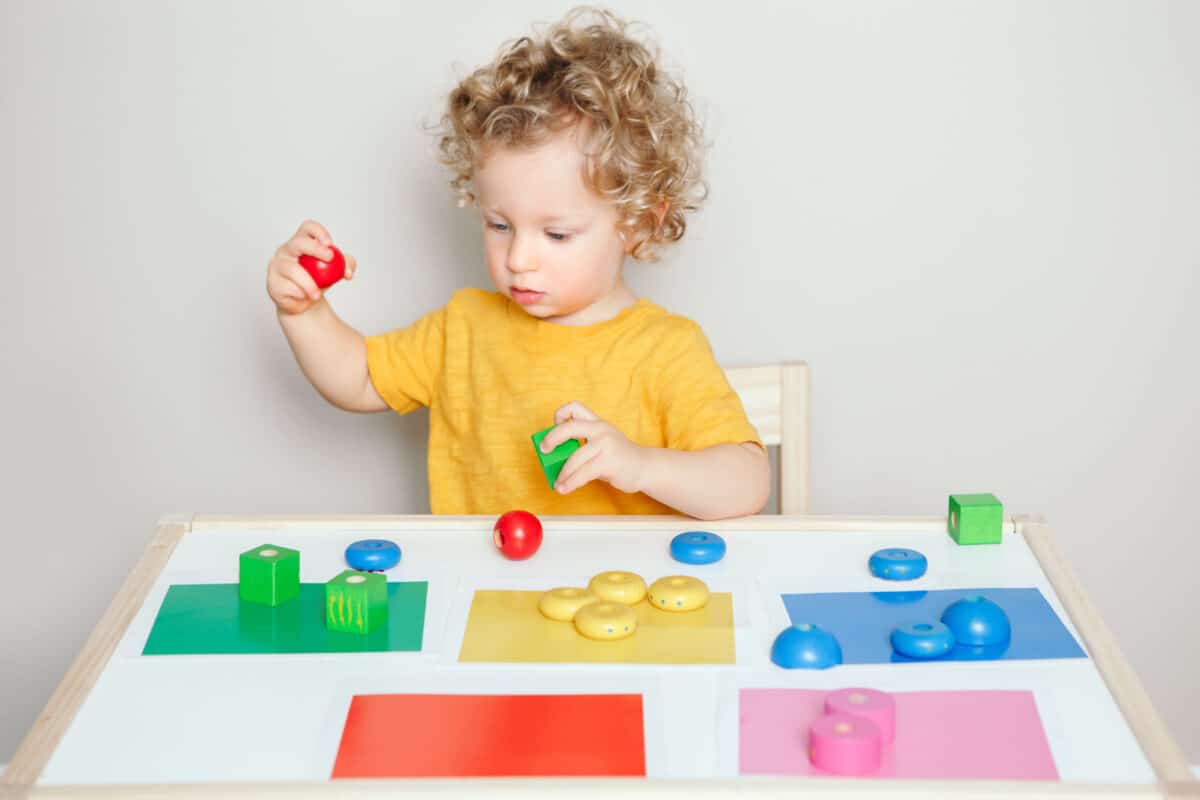
By age 2, kids' fine motor skills improve when it comes to blocks and simple puzzles.
©Anna Kraynova/Shutterstock.com
By now, your kid’s hard work (and your hard work showing them what to do) has paid off. Your child should be a lot less messy with their self-feeding by now. Still pretty messy though – they are just 2, after all! Expect them to be able to feed themselves with little or no help for an entire meal now. Yay!
Other forms of motor independence may emerge and cause new challenges for you as a parent. Most 2-year-olds have started to figure out doorknobs and other handles. If your 2-year-old isn’t there just yet, they will be soon. You should pre-emptively get some child safety locks and handles for door knobs.
At this age, kids are also able to dress themselves somewhat, but they’ll need help with buttons, and with zippers (especially zipping up). And they can put the lids back on boxes now. You can start teaching them how to put away toys, but be patient – they won’t really know how to tidy up until later.
What about play at two years? Those block towers will get higher, and with your encouragement, they’ll start completing peg boards, form boards, and simple puzzles. Your child may be able to start throwing a ball overhand at this age too, especially if you coach them.
And writing and art? As you’d probably assume, 2-year-olds aren’t very independent on that front. But if you show them how to draw circles, Xs, and other simple lines, they can start to crudely imitate you. Keep up the good work – you’re their first art and writing teacher!
Fine Motor Developmental Milestones: 2.5 Years
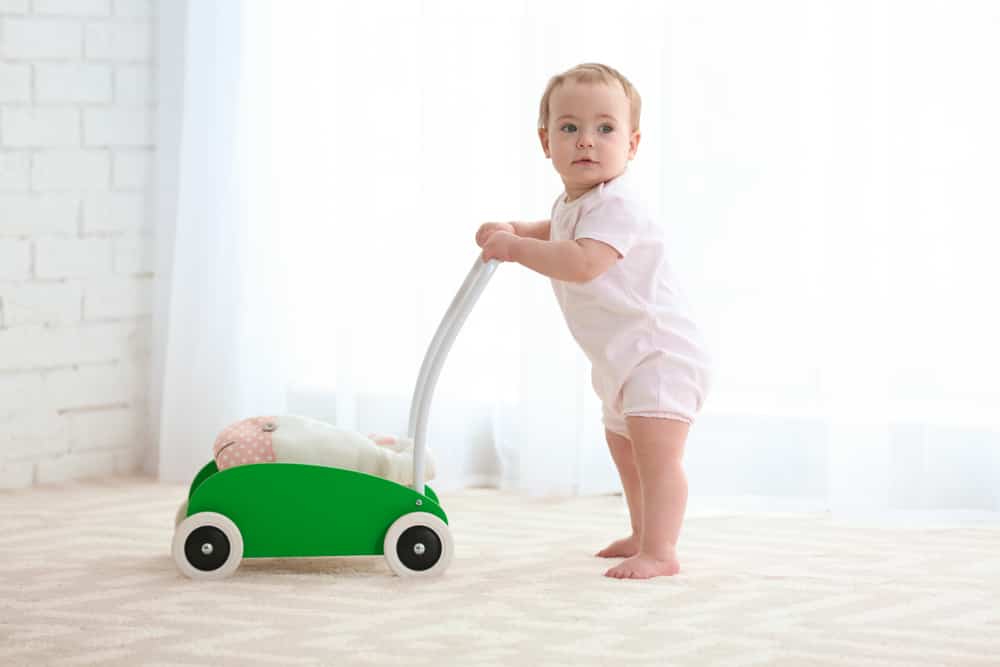
While walking isn't a fine motor skill, you'll start seeing it by the two-and-a-half-year mark.
©New Africa/Shutterstock.com
I haven’t mentioned walking yet, because that’s not a fine motor skill. But yes, by now your child should be walking. In the process, they’ll start using their hands and wrists in a new way – they’ll be able to grasp the rail as they walk up the stairs. Supervise them while they do this, though. Two-year-olds are still pretty shaky as they navigate stairs, and they shouldn’t be doing this without you by their side.
Another hazard to watch out for is doorknobs and latches. At this point, your kid can definitely work those and get into various rooms or other areas. Hopefully, you already put the child safety latches on when your child was 2. If you haven’t done that yet though, you’ll want to do it now.
Oh, and your child may also be able to unscrew lids from jars by now. It’s a thrill to watch them gain this independence, but be on the lookout for trouble. If any jars in your home contain something your kid should not get into, keep them out of their reach.
Some great news here is that kids will start washing their hands independently. They can hold their own toothbrush now, with your help and supervision. With your encouragement, they gain more confidence and independence when it comes to putting away toys as well. You can teach your child to help you put toys back where they belong. Finally, they can help just a little with the clutter they started making a year and a half ago!
In other good news, at this age, kids become more confident in their learning and play. They’ll be ready to start turning regular paper pages in books, although they may turn several at a time. And they’ll start to finish simple puzzles, peg boards, and form boards on their own, without coaching or encouragement. For the first time, they may be able to string large beads together, with your help.
Fine Motor Developmental Milestones: 3 Years
3-year-olds are starting their transition from toddlerhood to early childhood. As this transition begins, you’ll see fewer completely new fine motor developmental milestones. Instead, your child will build on the rapid, incredible progress they made before they were 3.
Block towers keep getting higher, and the peg boards, form boards, and puzzles your kid can complete get a little bigger and a little more complex.
At 36 months, kids also get much into arts and crafts. They can look at a circle and copy it now, although their imitation circle may be a bit lopsided. Safety scissors can come into play, but kids won’t be able to cut out their circles this early in the game. They’ll only be able to cut a straight line, clumsily, with encouragement and guidance from a grown-up. And by now, your child has graduated from stringing together big beads to stringing together smaller ones… again with help.
Fine motor skills related to self-care will accelerate. Your 3-year-old child will be able to eat meals unassisted, and less messily than before. They should be able to put their shoes on, but not tie them. Similarly, they can put a coat on independently, but they'll need help with the zipper or buttons.
Fine Motor Developmental Milestones: 4 Years
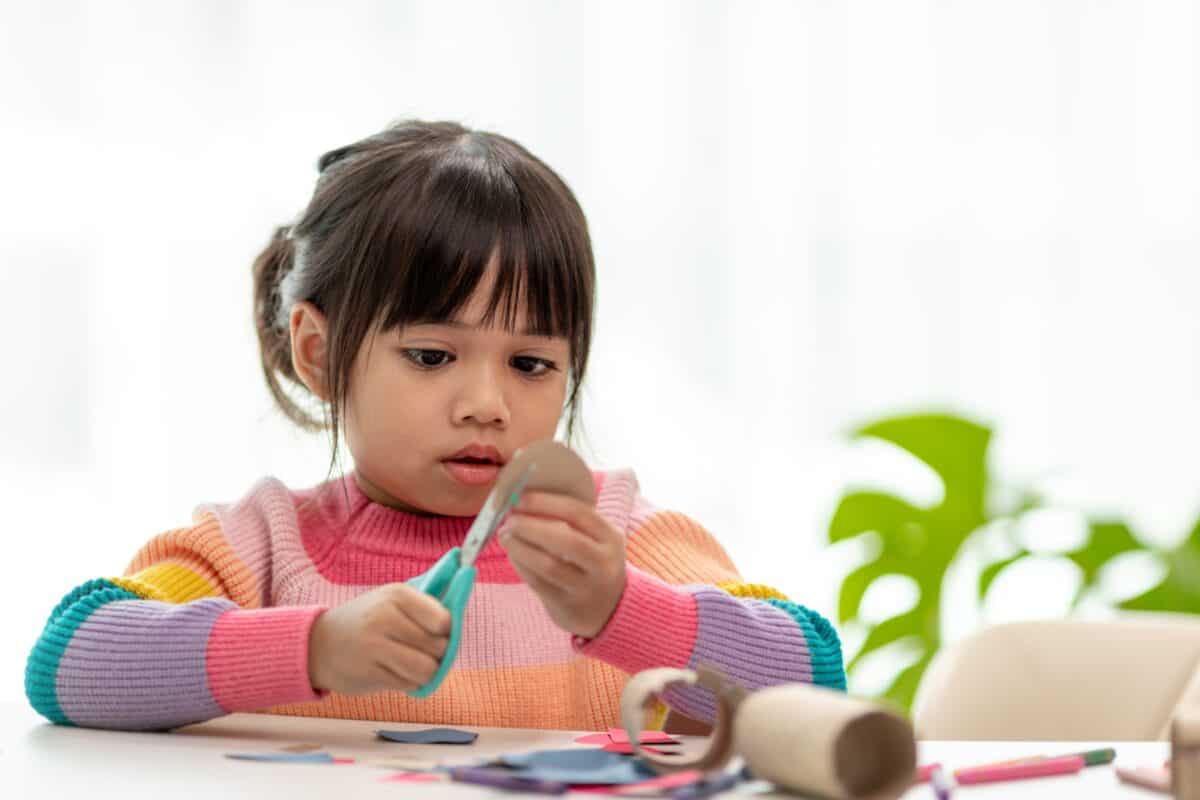
By the time your child is 4, they'll be able to start using safety scissors.
©FAMILY STOCK/Shutterstock.com
The growth in fine motor skills that began at age 3 continues and grows in the fourth year of a kid’s life. They’ll be able to button and unbutton clothes with less help than before. They’ll graduate from copying circles to copying squares. And those circles they’ve been drawing since last year? They’ll finally be able to cut those out with their safety scissors.
Art and writing skills grow here too. 4-year-olds can make simple drawings, such as people and houses. If you guide them carefully, they may also be able to write letters and write simple words, or their own name.
Self-care continues to blossom. When kids are 4, they start getting comfortable with a fork as well as a spoon. And after the meal has settled into their stomach, they finally have the fine motor skills to start wiping their own butt after a bowel movement. For many parents, that’s the best fine motor skill news of the year.
More good news: if you are a patient teacher, you can get your 4-year-old to successfully tie a knot. They won’t actually tie their shoes until later, but you and your child can lay the foundation for that milestone together.
Fine Motor Developmental Milestones: 5 Years
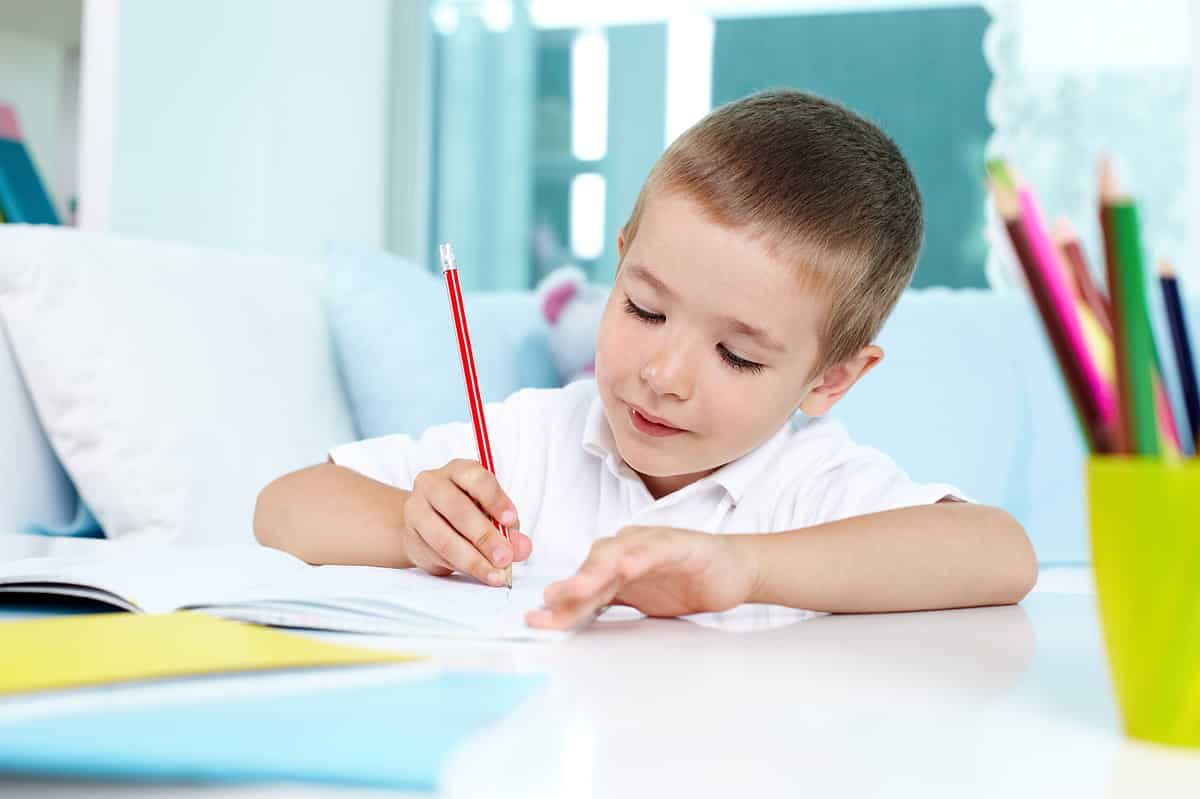
Five-year-olds can learn to draw shapes, and even cut them out with scissors.
©Pressmaster/Shutterstock.com
Time for more independence in self-care. Last year, your child could use a fork. This year, they can actually use it well. They’ll also branch out into knife use – spreading things with a butter knife (no steak knives for your child just yet!). 5-year-olds typically bathe and dress independently too.
On the art and writing front, the triangle joins the square and circle in the list of shapes that your child can draw well. They can now cut out all kinds of shapes with scissors, too. They’ll get much more comfortable with writing letters and words, and they’ll be able to bind their writing and drawing together with paperclips. Not only that, but you can teach a 5-year-old to stack blocks so that they look like real things, such as a house or stairs.
Fine Motor Developmental Milestones: 6 Years
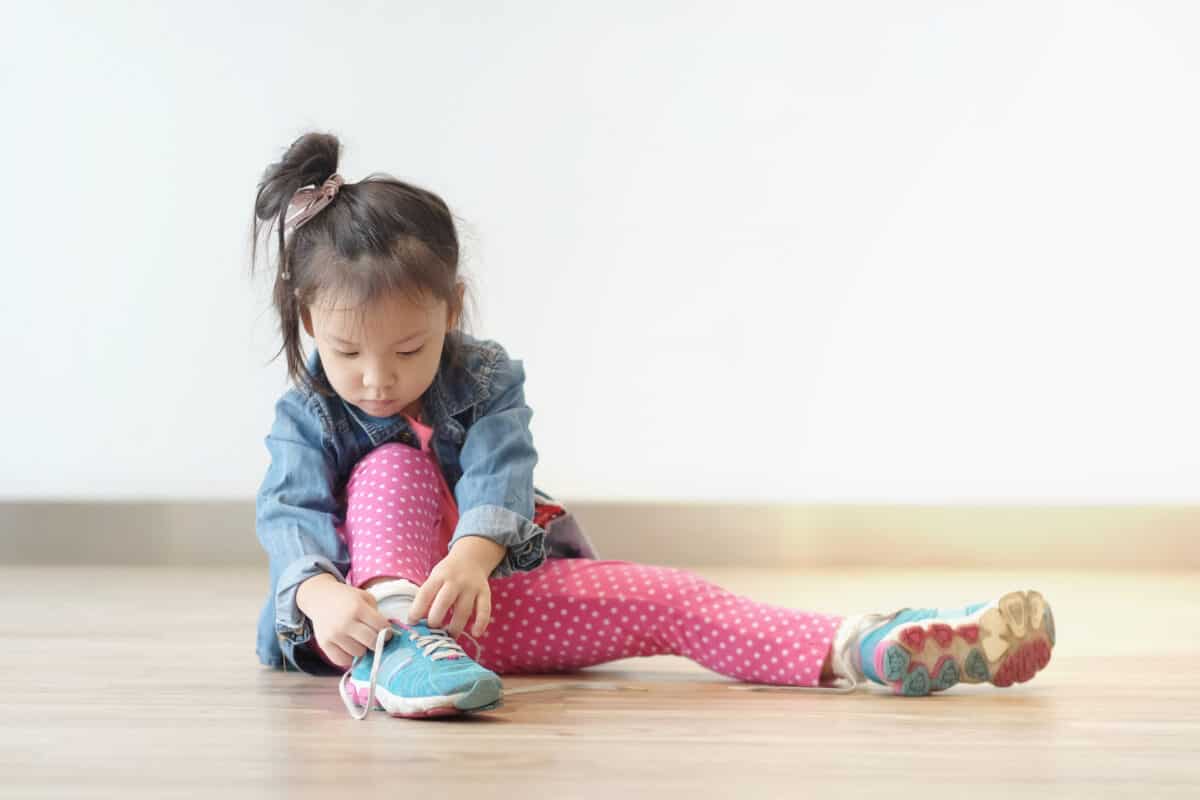
By age 6, or sometimes a little later, kids are able to tie their shoes.
©Robie Online/Shutterstock.com
At 6 years old, kids’ fine motor skills allow them to explore their creative side more than ever. Your kid won’t have outgrown blocks yet! Instead, they’ll be making block stairs and houses on their own, and perhaps independently creating things with Legos or Lincoln Logs. They should be able to draw a variety of shapes now, including diamonds and ovals. Drawings continue to get more detailed.
As for writing, parents and teachers can guide 6-year-olds to the point where they can write all the letters, all the numbers, their full name, and short sentences.
And finally, this age group reaches two absolutely wonderful fine motor skill developmental milestones for self-care. At age 6, your kid will start combing their own hair, and (drum roll, please)… they’ll at long last be able to tie their shoes. With your help and encouragement of course. You’ll likely need to use your hands to guide theirs, so it will feel like a proud fine motor development milestone for parent and child. But once more, don’t worry too much if your kid isn’t quite there yet; my son didn’t learn to tie his shoes until he was 7.
Ways to Improve Your Child's Fine Motor Skills
These tips and tricks are generally designed for older children (2-6 years of age) and come from Understood, an organization that supports differently-abled people and learning styles. Children younger than 2 could still benefit from these activities but older kids will most likely see the most benefit.
- Play-Dough, Putty, and Clay
- Play-dough and modeling clay can be used to develop your child's fine motor skills and creativity. Rolling, smashing, or safely cutting play-dough or clay can greatly expand your child's ability to transfer what they see in their mind into the real world.
- Playing With Sponges
- Set up two bowls. One with water and one dry. Have your child transfer the water from one bowl to another only using the sponge. This activity is best explored outside as a bowl full of water might cause some messes.
- Gardening
- If spring or fall is right around the corner for you when you read this gardening can be a great time with your child. Not will picking out tiny seeds, pulling light weeds, or digging around in the bed will develop fine motor skills but also develop their understanding of the natural world and where the food they eat might come from.
The image featured at the top of this post is ©OlScher/Shutterstock.com
